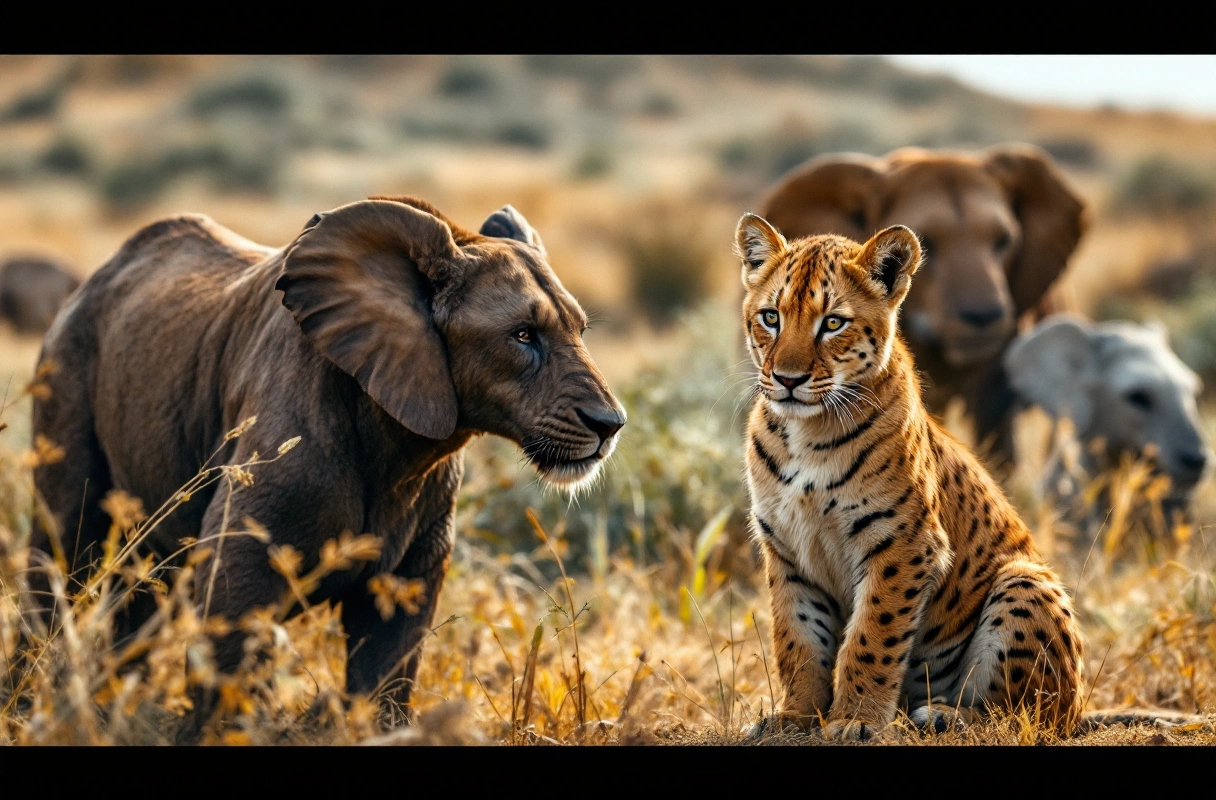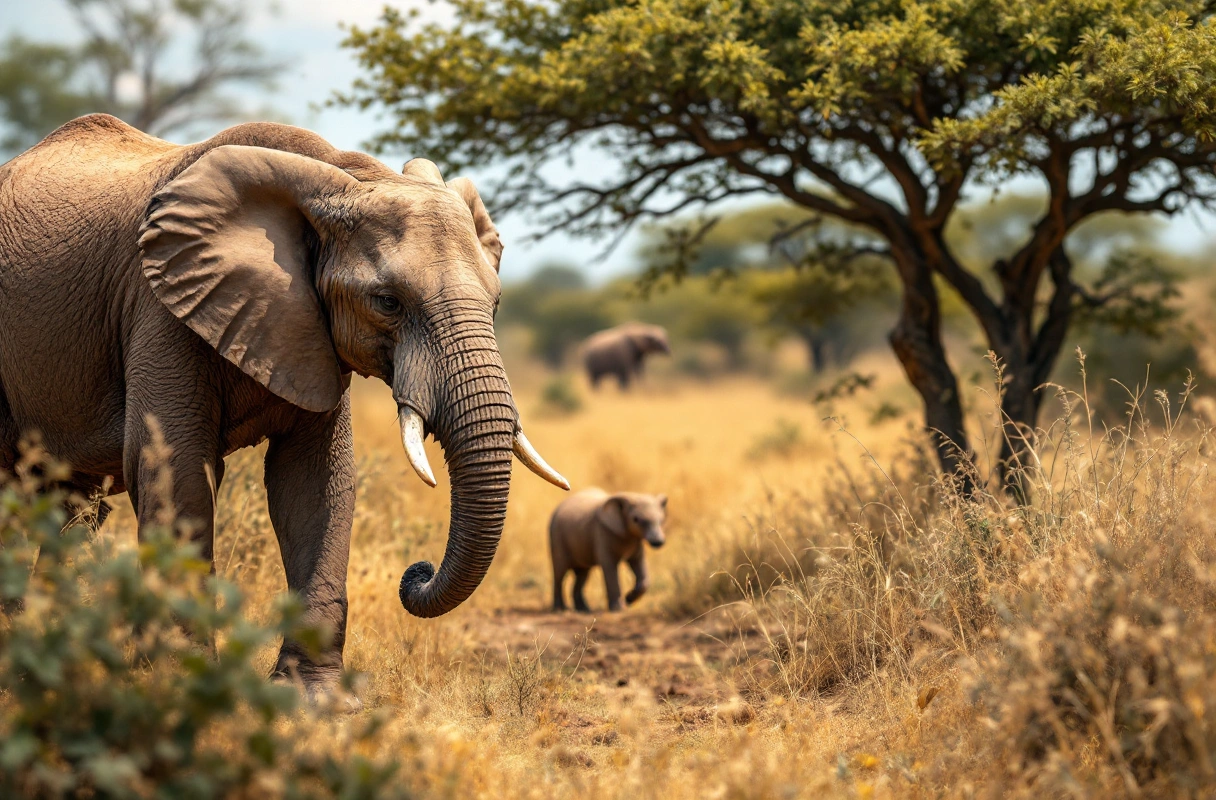
The African continent is renowned for its rich biodiversity, particularly its unique and captivating wildlife. However, many of these species are facing unprecedented threats due to habitat loss, poaching, climate change, and human-wildlife conflict. This comprehensive guide delves into the world of African animals, highlighting endangered species, their conservation efforts, and the incredible wildlife that awaits those who climb Mount Kilimanjaro.
As we explore the topic, we will provide actionable insights and valuable information to help raise awareness about the importance of preserving these magnificent creatures. With this guide, you will not only learn about the urgent need for conservation but also discover the top ten African animals you must see while climbing Kilimanjaro, enhancing your understanding and appreciation of this remarkable ecosystem.

Biodiversity refers to the variety of life on Earth, encompassing the different species of plants, animals, and microorganisms, as well as the ecosystems they form. Africa is home to a plethora of unique species, many of which cannot be found anywhere else in the world. This biodiversity contributes significantly to the ecological balance, providing essential services such as pollination, nutrient cycling, and climate regulation.
However, the rapid loss of biodiversity due to human activities poses a significant risk not only to the wildlife but also to the human populations that rely on these ecosystems for their livelihoods. According to the International Union for Conservation of Nature (IUCN), nearly one-quarter of African mammals are currently at risk of extinction, highlighting the urgent need for conservation efforts.
Understanding the threats facing African animals is crucial for effective conservation strategies. The following are some of the most significant challenges:
By addressing these threats through education, sustainable practices, and policy changes, we can work towards a future where African animals thrive.

Climbing Mount Kilimanjaro is not only a rewarding physical challenge but also an opportunity to witness some of Africa's most iconic wildlife. Here are the top ten African animals you should look out for during your ascent:
The African elephant is the largest land mammal on Earth, known for its intelligence and complex social structures. While they can be spotted in various regions of Tanzania, their populations are threatened by poaching and habitat loss.
Often referred to as the "king of the jungle," the African lion is a symbol of strength and majesty. These apex predators are primarily found in the savannahs and grasslands, and their populations are declining due to habitat encroachment and hunting.
With a distinctive hooked lip that allows it to browse on bushes and trees, the black rhinoceros is critically endangered. Conservation efforts are underway to protect this iconic species from poaching and habitat destruction.
Giraffes are renowned for their long necks and unique spotted coats. Their populations are facing threats from habitat loss and poaching, making sightings increasingly rare in some regions.
Zebras are known for their striking black and white stripes, which serve as camouflage against predators. Their social behavior and adaptability make them a fascinating species to observe in the wild.
African buffalo are robust and formidable animals that travel in large herds. They play a vital role in their ecosystems, and despite being less endangered than other species, they still face threats from habitat loss and disease.
These wild pigs are known for their distinctive tusks and unique appearance. Warthogs are often seen in open grasslands and are surprisingly agile despite their bulk.
The serval is a medium-sized wild cat known for its long legs and large ears. This elusive creature is an expert hunter, capable of catching prey in tall grass, making it a thrilling sight for wildlife enthusiasts.
Colobus monkeys are distinguished by their long tails and black-and-white fur. They are primarily found in the forests surrounding Kilimanjaro and are known for their acrobatic skills in the trees.
Bushbucks are medium-sized antelopes that are well-adapted to dense vegetation. Their shy nature makes them elusive, but with patience, you may catch a glimpse of these beautiful animals.

The conservation of African animals requires a multifaceted approach involving local communities, governments, and international organizations. Effective strategies include:
Several successful conservation initiatives have been implemented across Africa:
By supporting these programs, individuals and organizations can contribute to the preservation of Africa's unique wildlife.
One common misconception is that all African animals pose a danger to humans. While it is true that some species, such as lions and elephants, can be dangerous when threatened, many animals are shy and prefer to avoid human contact. Understanding animal behavior is essential for safe interactions and appreciation of wildlife.
Another misconception is that conservation efforts do not work. In reality, numerous success stories demonstrate the effectiveness of well-implemented conservation strategies. For instance, the recovery of the southern white rhinoceros population is a testament to the positive impact of targeted conservation efforts.
Eco-tourism plays a vital role in conservation by providing funding for wildlife protection and creating economic opportunities for local communities. Benefits include:
Tourists can contribute to conservation efforts by practicing responsible tourism. Key practices include:
By adopting these practices, tourists can help ensure that Africa's incredible wildlife continues to thrive for generations to come.
As we explore the complex relationship between African animals and conservation, it becomes clear that education plays a pivotal role in fostering a culture of respect and appreciation for wildlife. Organizations like Banana Slug Club are dedicated to educating nature enthusiasts, students, and children about the importance of biodiversity and conservation.
Through engaging programs and resources, Banana Slug Club inspires the next generation to connect with nature and become advocates for the protection of African animals. By learning about the challenges facing these species, individuals can take actionable steps to support conservation efforts and make a positive impact on the environment.
In conclusion, understanding the plight of African animals and the conservation efforts underway is crucial for preserving the rich biodiversity of the continent. By engaging with organizations like Banana Slug Club, readers can deepen their knowledge and take part in meaningful initiatives that promote wildlife conservation. We encourage nature enthusiasts, students, and kids excited about learning more about the world, nature, science, plants, and animals to visit our website for more information and resources on how to get involved. Together, we can make a difference in the lives of Africa's magnificent wildlife.
Get free resources, early access to new features and updates.
No spam. Just fun educational emails!